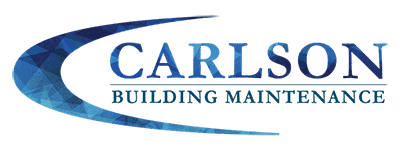 https://carlsonbuilding.com/wp-content/uploads/2025/07/Steam-carpet-cleaning.-Professional-Carpet-war-water-extraction.jpg
1250
2000
Abstrakt Marketing
/wp-content/uploads/2024/11/CBM-Logo-Color.png
Abstrakt Marketing2025-07-10 11:23:352025-10-25 08:56:01Why Spring Is the Best Time for Commercial Carpet Extraction Cleaning
https://carlsonbuilding.com/wp-content/uploads/2025/07/Steam-carpet-cleaning.-Professional-Carpet-war-water-extraction.jpg
1250
2000
Abstrakt Marketing
/wp-content/uploads/2024/11/CBM-Logo-Color.png
Abstrakt Marketing2025-07-10 11:23:352025-10-25 08:56:01Why Spring Is the Best Time for Commercial Carpet Extraction CleaningHow Often Should Businesses Be Stripping and Waxing Their Floors?
Salt, snowmelt, and heavy foot traffic quietly wear down your floor’s protective finish, increasing your risk of stains, dullness, and even expensive damage down the line. But many building managers underestimate how quickly winter can strip away a floor’s shine. Learn how often you should be stripping and waxing floors, and why it may be the key to keeping your building looking its best.
Winter’s Impact on Your Floor Finish
Winter may end at the door, but its effects follow people inside—on shoes, bags, equipment wheels, and everything else that touches your floors. Commercial buildings are especially vulnerable during this season, when salt, moisture, and grime combine to attack your floor’s protective layers.
Here’s how winter takes a toll on your floor finish:
- Salt and de-icers erode protective coatings: Ice melt products chemically interact with floor finishes, breaking down wax layers and leaving behind a hazy, brittle residue.
- Moisture seeps into cracks and seams: Snowmelt from foot traffic introduces water into vulnerable flooring areas, accelerating damage and staining.
- Grit and sand cause micro-abrasions: Tiny particles grind into the surface, dulling the finish and creating scratch patterns that are hard to remove without full restoration.
- Heavy foot traffic increases stress: More visitors and staff mean more steps, more dragging, and more wear, especially in entryways and high-traffic corridors.
While daily floor cleaning helps mitigate some of the surface mess, it can’t undo this deeper damage. That’s why a professional stripping and waxing floors service is often the only way to fully reset your floors after a long winter.
How Different Flooring Types Wear Over Time
Not all floors age the same way, which means the cadence for stripping and waxing floors must be adapted to the surface you’re protecting. Let’s take a look at the most common commercial materials and how winter’s punishment accelerates their natural wear cycles.
Vinyl Composition Tile (VCT)
VCT is affordable and durable, but its porous surface happily absorbs salt and grit. Over the winter, ice-melt residue and abrasive particles grind microscopic scratches into the finish, leaving the tile chalky and dull. A dedicated spring round of stripping and waxing floors restores the glossy protective layer that keeps this budget-friendly surface looking professional.
Linoleum
Made from natural oils and resins, linoleum reacts poorly to harsh chemicals. De-icers can yellow the surface, and excessive moisture may cause edges to curl. Because aggressive chemicals can dry linoleum out, it’s wise to rely on a professional crew to gauge when a gentler deep clean or a full stripping and waxing routine is truly necessary.
Ceramic & Quarry Tile
While the tile itself doesn’t need wax, its grout lines eagerly trap salt crystals and muddy runoff. Over time, this residue etches glazed finishes and harbors bacteria. A spring scrub and re-seal—rather than traditional stripping and waxing floors—lifts winter contaminants and preserves the tile’s natural sheen without over-maintenance.
Luxury Vinyl Tile/Plank (LVT/LVP)
LVT and LVP arrive with a factory urethane coating, but high foot traffic quickly scours that layer away. Winter’s sand and salt speed up the process, giving wood-look planks a faded, scratched appearance. Stripping and waxing floors restores clarity and blocks future abrasion, protecting your investment in this premium surface.
Frequency Guidelines Based on Building Use
Because every facility experiences traffic differently, the cadence for stripping and waxing floors needs to match real-world wear patterns, not a one-size-fits-all calendar. Use the guidelines below as a baseline, then adjust for your unique climate, budget, and appearance standards.
Low-to-Moderate-Traffic Office Spaces
In traditional office environments, finish layers break down more slowly, but winter’s salt and grit can still leave visible scuffs around entrances and break areas. After your spring reset, aim to keep that fresh gloss going with a maintenance schedule like this:
- Quarterly spray buffing to repair micro-scratches and revive shine
- Semi-annual top-scrub and recoat for reception areas and corridors
- Full stripping and waxing floors once every 12–18 months in most offices
Following this cadence balances cost with appearance, ensuring staff and visitors always enter a space that looks clean and professional.
High-Traffic Retail & Healthcare Settings
Stores, supermarkets, hospitals, and clinics see relentless foot traffic, rolling carts, and equipment wheels that grind grit deep into finish layers. Waiting too long can leave you with dull aisles, slip hazards, and costly downtime. A more aggressive plan usually makes sense:
- Monthly spray buffing or auto-scrubbing to keep gloss high and contaminants low
- Quarterly top-scrub and recoat on main walkways, waiting rooms, and checkout lines
- Full stripping and waxing floors every 6–9 months in the heaviest-use zones
By committing to this cycle, facilities avoid the “all at once” overhaul that disrupts operations and instead spread upkeep across the year for predictable costs and consistent curb appeal.
Industrial, Warehouse, and Back-of-House Areas
Forklifts, pallets, and heavy machinery punish warehouse floor finishes in ways foot traffic never could. Yet production schedules rarely allow for long shutdowns. A targeted, zone-based strategy limits downtime while protecting the substrate:
- Weekly auto-scrubbing with neutral cleaner to remove abrasive debris
- Bi-monthly spot recoats on marked traffic lanes and loading docks
- Full stripping and waxing floors once or twice a year, rotating sections to keep operations running
This approach extends floor life, improves safety by preserving traction, and keeps OSHA inspections headache-free.
Educational Facilities
Schools experience predictable surges—hallways fill between classes, gyms take weekend abuse, and cafeterias see daily spills. Aligning maintenance to the academic calendar simplifies scheduling:
- Monthly buffing of corridors and lobbies during the school year
- Top-scrub and recoat each winter break to erase salt and scuff damage
- Full stripping and waxing floors every summer when buildings are largely empty
Sticking to this rhythm protects district budgets by preventing the premature replacement of vinyl and linoleum, all while keeping learning environments bright and hygienic year-round.
Want cleaner floors for your business? Learn the right techniques for maintaining all your hard surfaces with our helpful guide, including tile, vinyl, hardwood, and more.
Why Spring Is the Ideal Season for Stripping and Waxing Floors
By the time winter finally loosens its grip, your floor finish has endured months of salt crystals, melted snow, and ground-in grit. Spring offers a unique window to restore that finish before the damage becomes permanent. Scheduling stripping and waxing floors during this transitional season delivers benefits you simply can’t capture at any other time of year.
- Better Drying Conditions: Rising temperatures and lower humidity help fresh layers of finish cure faster, reducing the risk of scuffs or footprints marring a brand-new shine.
- Minimal Weather Interference: With the worst snowstorms behind you, there’s a lower chance that moisture or debris will be tracked in during or immediately after the work.
- Salt and Chemical Removal: Spring is your first opportunity to extract corrosive de-icing residues before they continue eating away at wax layers and grout lines.
- Budget Alignment: Many facility budgets reset mid-year, making spring the perfect time to allocate funds for restorative services that prevent far costlier repairs.
Ultimately, tackling stripping and waxing floors in spring sets a clean baseline for the rest of the year, protecting your flooring investment long-term.
When to Call a Professional for Inspection or Quote
Even the most diligent in-house team can miss the subtle warning signs that a floor’s finish has reached a critical point. Before you schedule your next round of stripping and waxing floors, take a closer look at what your surfaces are telling you.
A few unmistakable visual cues signal it’s time to bring in an expert:
- Persistent dull spots or powdery residue that reappear within days of regular cleaning indicate the wax layers have thinned beyond repair.
- Discoloration or yellowing around entrances suggests that salt and chemical buildup have penetrated the finish.
- Fine spider-web scratches or swirl marks across high-traffic lanes reveal micro-abrasions that only deep restoration can remove.
- Edge darkening and seam lifting—especially on VCT and linoleum—point to moisture or chemical intrusion under the finish.
When these problems surface, professional intervention does more than polish the shine; it protects the substrate beneath. Certified technicians arrive with commercial-grade extraction machines, rotary scrubbers, and finish applicators that deliver uniform coverage.
They also match the right stripping agents and wax formulas to your specific floor type, avoiding issues that can lead to peeling or soft finishes.
Schedule Your Spring Service With Carlson Building Maintenance Today
Ready to extend the life of your floors and eliminate winter wear? Contact Carlson Building Maintenance today to schedule your professional stripping and waxing service. Our team will assess your facility, recommend the right plan, and deliver a flawless finish that stands up to the seasons ahead.
Share This Post
More Like This
 https://carlsonbuilding.com/wp-content/uploads/2025/07/Steam-carpet-cleaning.-Professional-Carpet-war-water-extraction.jpg
1250
2000
Abstrakt Marketing
/wp-content/uploads/2024/11/CBM-Logo-Color.png
Abstrakt Marketing2025-07-10 11:23:352025-10-25 08:56:01Why Spring Is the Best Time for Commercial Carpet Extraction Cleaning
https://carlsonbuilding.com/wp-content/uploads/2025/07/Steam-carpet-cleaning.-Professional-Carpet-war-water-extraction.jpg
1250
2000
Abstrakt Marketing
/wp-content/uploads/2024/11/CBM-Logo-Color.png
Abstrakt Marketing2025-07-10 11:23:352025-10-25 08:56:01Why Spring Is the Best Time for Commercial Carpet Extraction Cleaning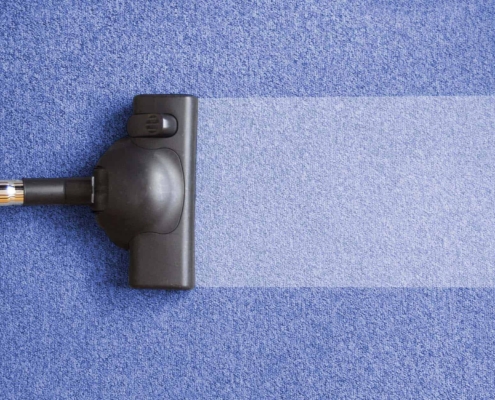 https://carlsonbuilding.com/wp-content/uploads/2024/12/The-Health-Risks-of-a-Dirty-Carpet_.jpg
1250
2000
Paul Cook
/wp-content/uploads/2024/11/CBM-Logo-Color.png
Paul Cook2022-10-31 09:00:282025-10-25 08:56:11Health Risks Associated With Dirty Carpets
https://carlsonbuilding.com/wp-content/uploads/2024/12/The-Health-Risks-of-a-Dirty-Carpet_.jpg
1250
2000
Paul Cook
/wp-content/uploads/2024/11/CBM-Logo-Color.png
Paul Cook2022-10-31 09:00:282025-10-25 08:56:11Health Risks Associated With Dirty Carpets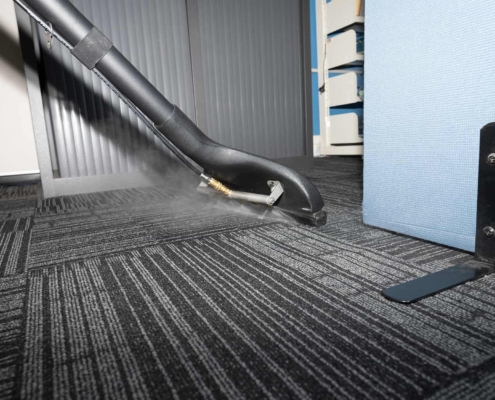 https://carlsonbuilding.com/wp-content/uploads/2025/03/February-Blog-1-Image.jpg
1250
2000
Paul Cook
/wp-content/uploads/2024/11/CBM-Logo-Color.png
Paul Cook2022-03-10 09:00:222025-10-25 08:56:15Commercial Carpet Maintenance
https://carlsonbuilding.com/wp-content/uploads/2025/03/February-Blog-1-Image.jpg
1250
2000
Paul Cook
/wp-content/uploads/2024/11/CBM-Logo-Color.png
Paul Cook2022-03-10 09:00:222025-10-25 08:56:15Commercial Carpet Maintenance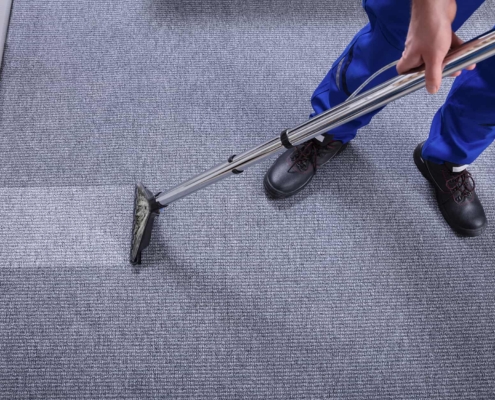 https://carlsonbuilding.com/wp-content/uploads/2025/03/October-Blog-2.jpg
1250
2000
Paul Cook
/wp-content/uploads/2024/11/CBM-Logo-Color.png
Paul Cook2021-10-28 07:00:562025-10-25 08:56:17Best Methods to Professionally Clean Carpets
https://carlsonbuilding.com/wp-content/uploads/2025/03/October-Blog-2.jpg
1250
2000
Paul Cook
/wp-content/uploads/2024/11/CBM-Logo-Color.png
Paul Cook2021-10-28 07:00:562025-10-25 08:56:17Best Methods to Professionally Clean Carpets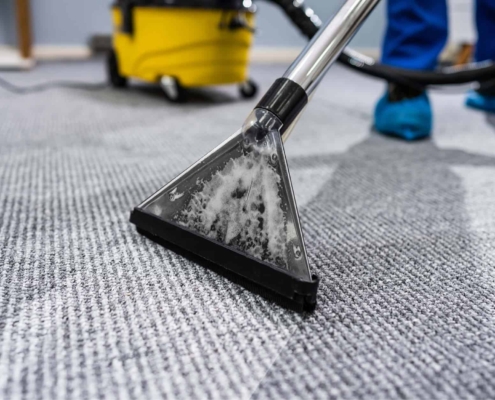 https://carlsonbuilding.com/wp-content/uploads/2024/12/CBM-August-Blog-1.jpg
1250
2000
Paul Cook
/wp-content/uploads/2024/11/CBM-Logo-Color.png
Paul Cook2021-09-13 10:00:512025-10-25 08:56:18Learn How To Dry Out Wet Carpet
https://carlsonbuilding.com/wp-content/uploads/2024/12/CBM-August-Blog-1.jpg
1250
2000
Paul Cook
/wp-content/uploads/2024/11/CBM-Logo-Color.png
Paul Cook2021-09-13 10:00:512025-10-25 08:56:18Learn How To Dry Out Wet Carpet